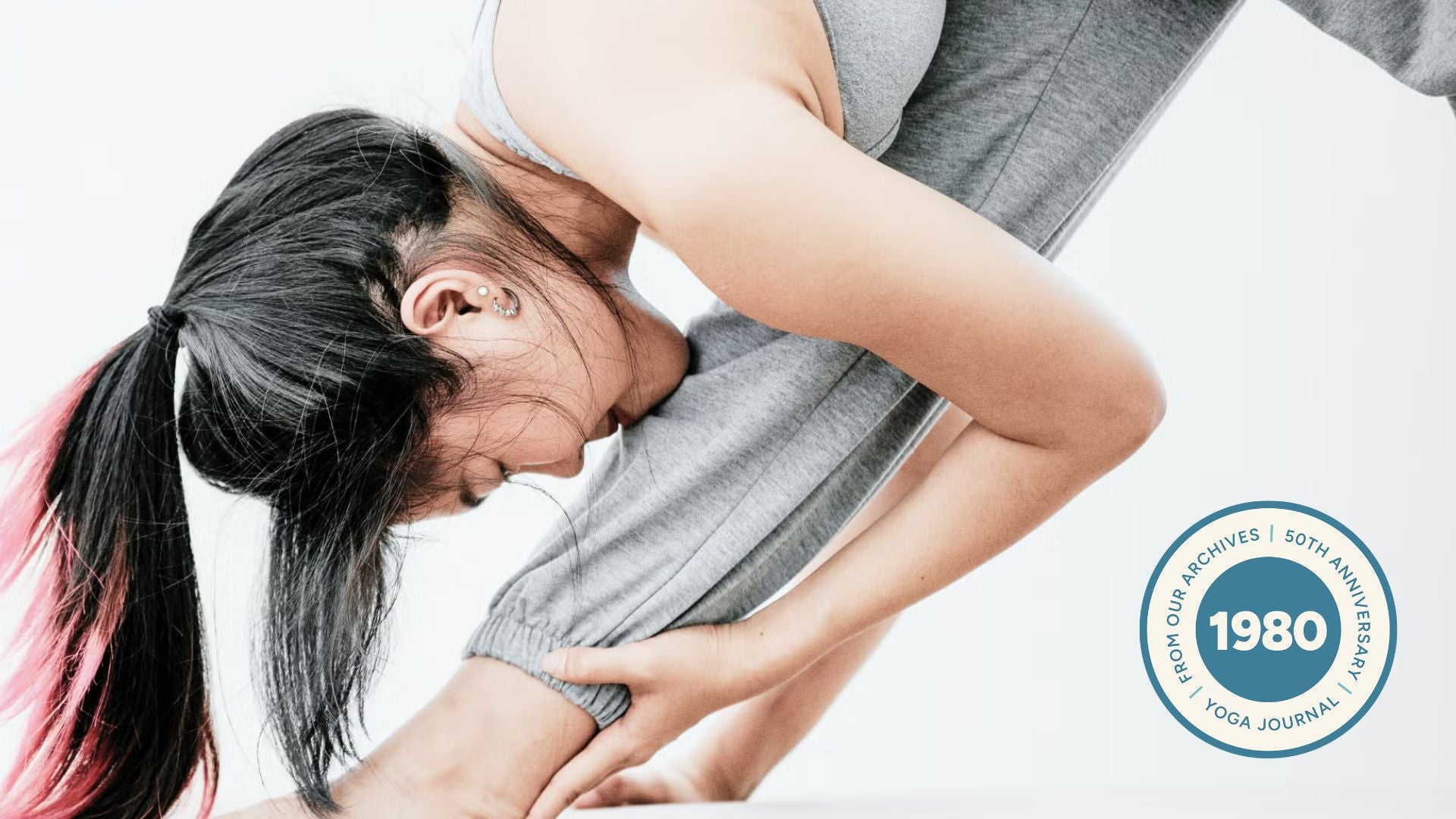
"I have since learned that the most difficult yoga pose is the one which confronts each student's weaknesses head on. Strength poses were no challenge for this student, but perhaps a stretching asana would have been. I have also learned that strength means more than just confronting one's weaknesses; probably the most difficult "asana" of them all is standing on one's own feet, questioning and analyzing for oneself the deeper meaning of asana, yoga, and life."
"For this reason, the standing poses, developed so well by B.K.S. lyengar, are particularly valuable. In an age in which individual freedom is given tremendous lip service, it seems that people outsource their critical thinking in greater numbers than ever. If the ultimate freedom-freedom of the soul-does exist, it must begin with freedom of body, mind, and personality. The standing poses help the student to confront weaknesses, such as tightness in the legs, while developing the strength necessary to stand up in a vertical line."
An athletic beginning student with gymnastics training executed a handstand by squatting, placing his knees on his elbows, balancing, and pushing up, then left the class. The most difficult yoga pose is defined as the pose that confronts each student's weaknesses directly. Strength poses may suit some bodies while stretching asanas challenge others. True strength includes questioning and analyzing asana, yoga, and life, and standing on one's own feet. Standing poses developed by B.K.S. Iyengar cultivate bodily freedom, confront tightness (especially in the legs), develop vertical alignment and strength, and foster awareness of personal physical and mental independence.
Read at Yoga Journal
Unable to calculate read time
Collection
[
|
...
]